Speeches Shim
International donors participate in high-level pledging event for Yemen crisis on April 25. US Government agencies commit an additional $94 million in humanitarian funding for the Yemen response. UN officials warn parties to conflict against launching a military offensive in the vicinity of Al Hudaydah Port, noting humanitarian concerns.
March 2017 marks two years since the Kingdom of Saudi Arabia-led Coalition began airstrikes on Al Houthi and allied forces in Yemen. An estimated 17 million people in Yemen are experiencing acute levels of food insecurity—an increase of 20 percent since June 2016.
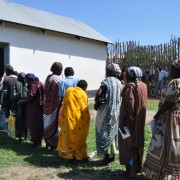
For one week each month, Clementina Peter Loku, a 56-year-old widow and resident of South Sudan’s capital city of Juba, walks daily to a local training center to take classes on practical life skills—including nutrition, hygiene promotion, home gardening, entrepreneurship and income generation strategies. In exchange, she receives a monthly cash transfer of approximately $45 that allows her to feed her family.
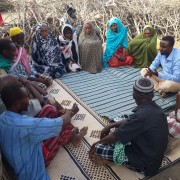
Muna*, a 31-year-old mother of eight, has seen her farm in Somalia grow, even as the country suffers from a severe drought and risk of famine. Muna also cares for her elderly mother and ill nephew, and is expecting this season’s harvest to be large enough to feed her family for up to six months with sorghum and beans left over to sell at market.

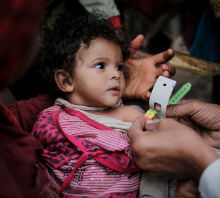
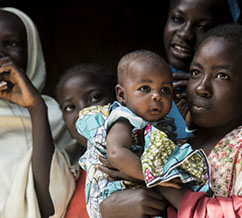
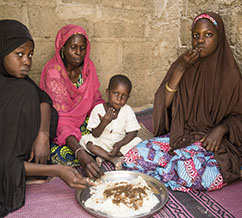
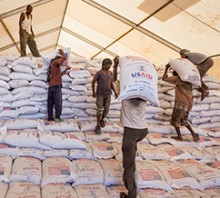
Comment
Make a general inquiry or suggest an improvement.